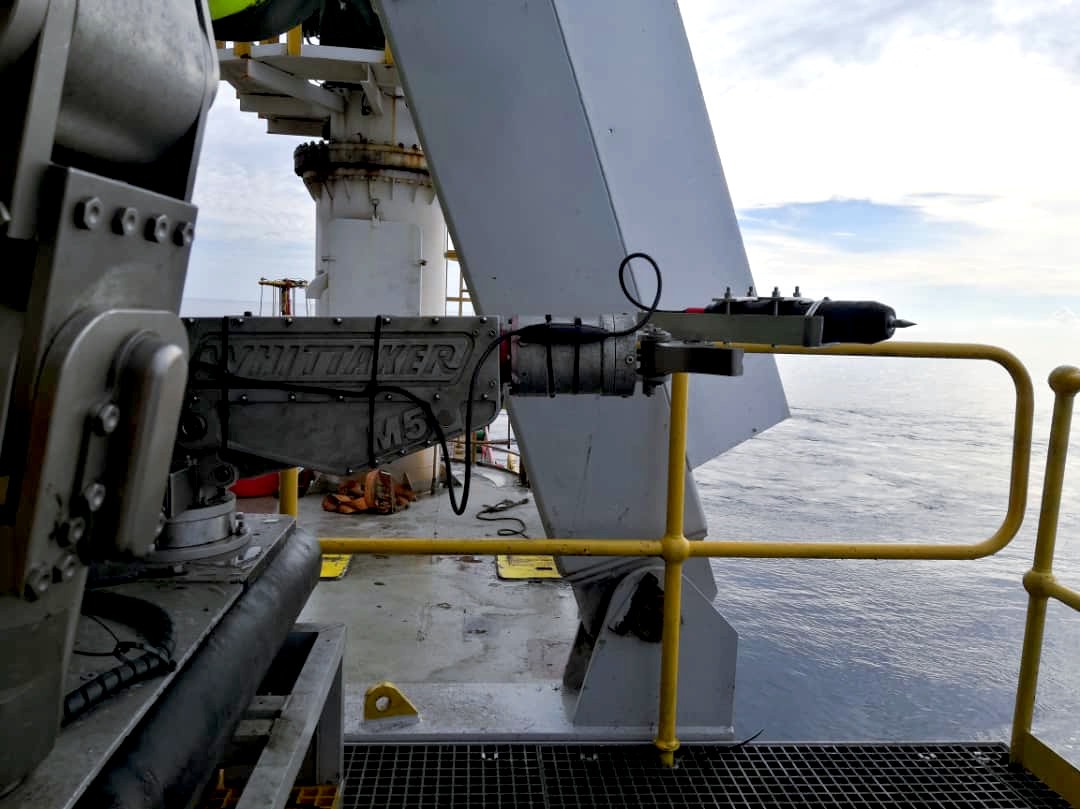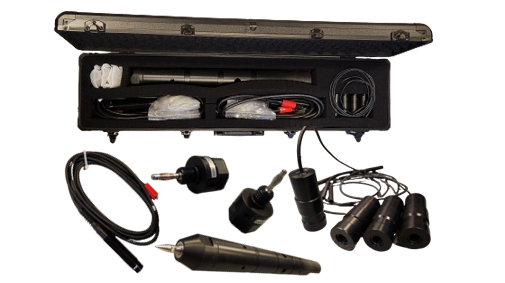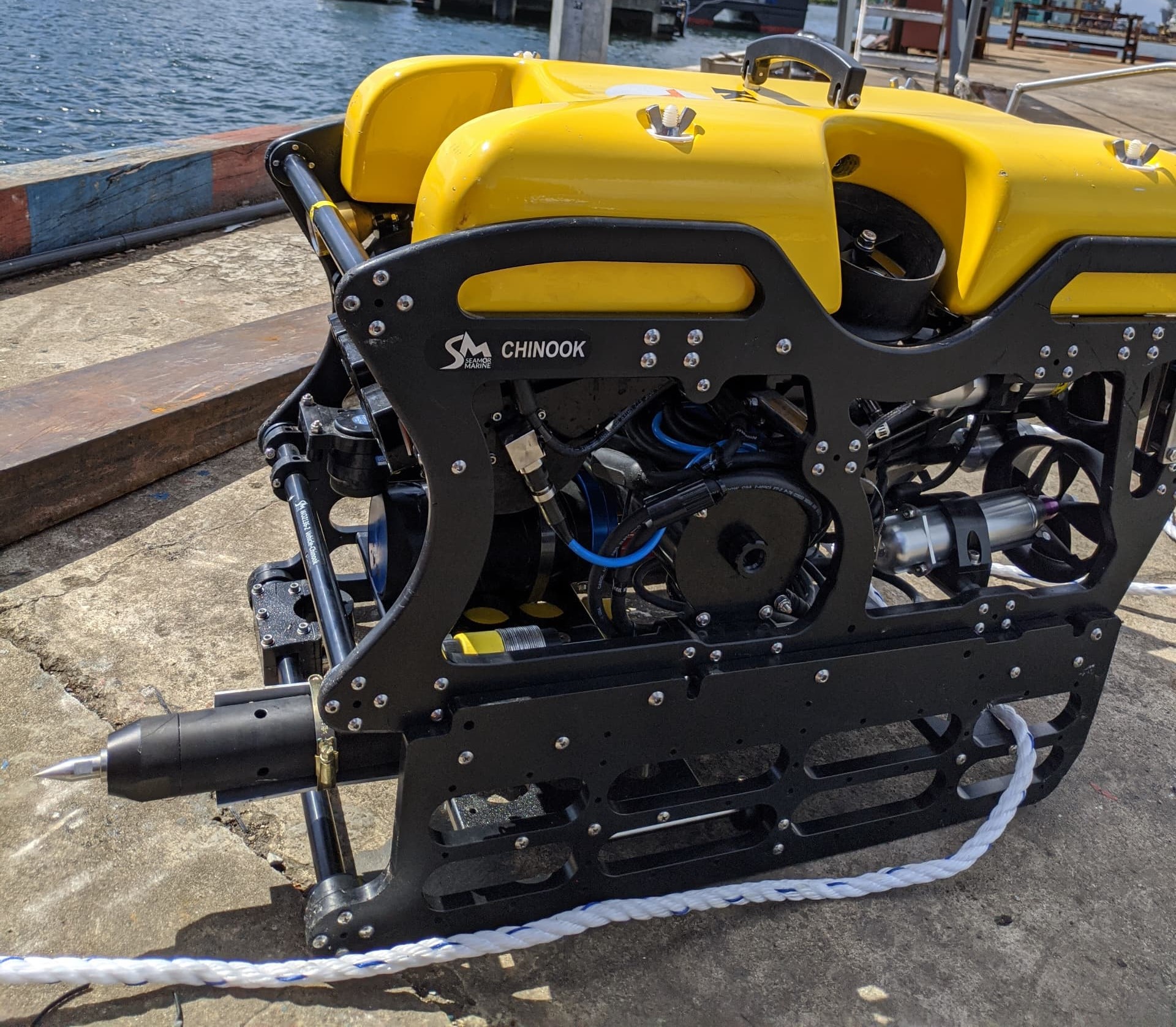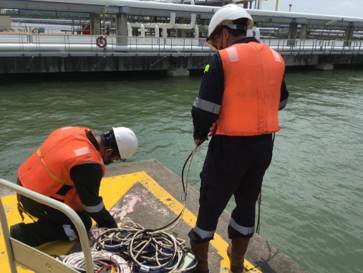
Single Cell
Providing complete
underwater CP
inspection services,
S-Log Single Cell
System is used to
perform underwater
CP inspection for
subsea structures.
Smaller than the twin cell probe and
can easily be configured to an
inspection / observation class ROV,
the single cell technique provides
contact and proximity potential
measurements. The compact and
robust design of the probe also
enables the probe to be configured
to a work class ROV.

Twin Cell(CPFG)
Aligned with the latest underwater inspection technique, Stopcorr also developed S-Log Twin Cell System which can be configured to a mini ROV. Using this method, qualified CP engineer can obtain accurate FG measurements which can be interpret in CP modelling to provide the performance of the inspected CP system.

Twin Cell(CPFG)-Mini ROV
A Mini ROV (Remotely Operated Vehicle) cathodic protection survey involves using a small underwater robot to inspect and assess the effectiveness of cathodic protection systems on submerged structures, such as pipelines, offshore platforms, or underwater cables.Mini ROVs are compact, maneuverable underwater vehicles equipped with cameras and sensors. They are designed to operate in confined spaces and at various depths, making them ideal for inspecting underwater infrastructure.

Drop Cell
Requires less time and low cost, general structure potential can be obtained using dropcell method. The survey is conducted by lowering Stopcorr dropcell from topside into the water, as close as possible to the platform jacket or jetty piles. Readings are then recorded at various location and water depth.

Trailing Wire
Due to restricted access for vessel and ROV to operate, the trailing wire technique is usually selected for shallow water or nearshore pipeline CP inspection. This method is also adopted to inspect CP system for buried pipelines or assets with lacking contact points. Specifically developed for CP trailing wire technique, Stopcorr offers S-Log CP-Trail system and supplies high quality trailing wire to perform the trailing wire surveys.